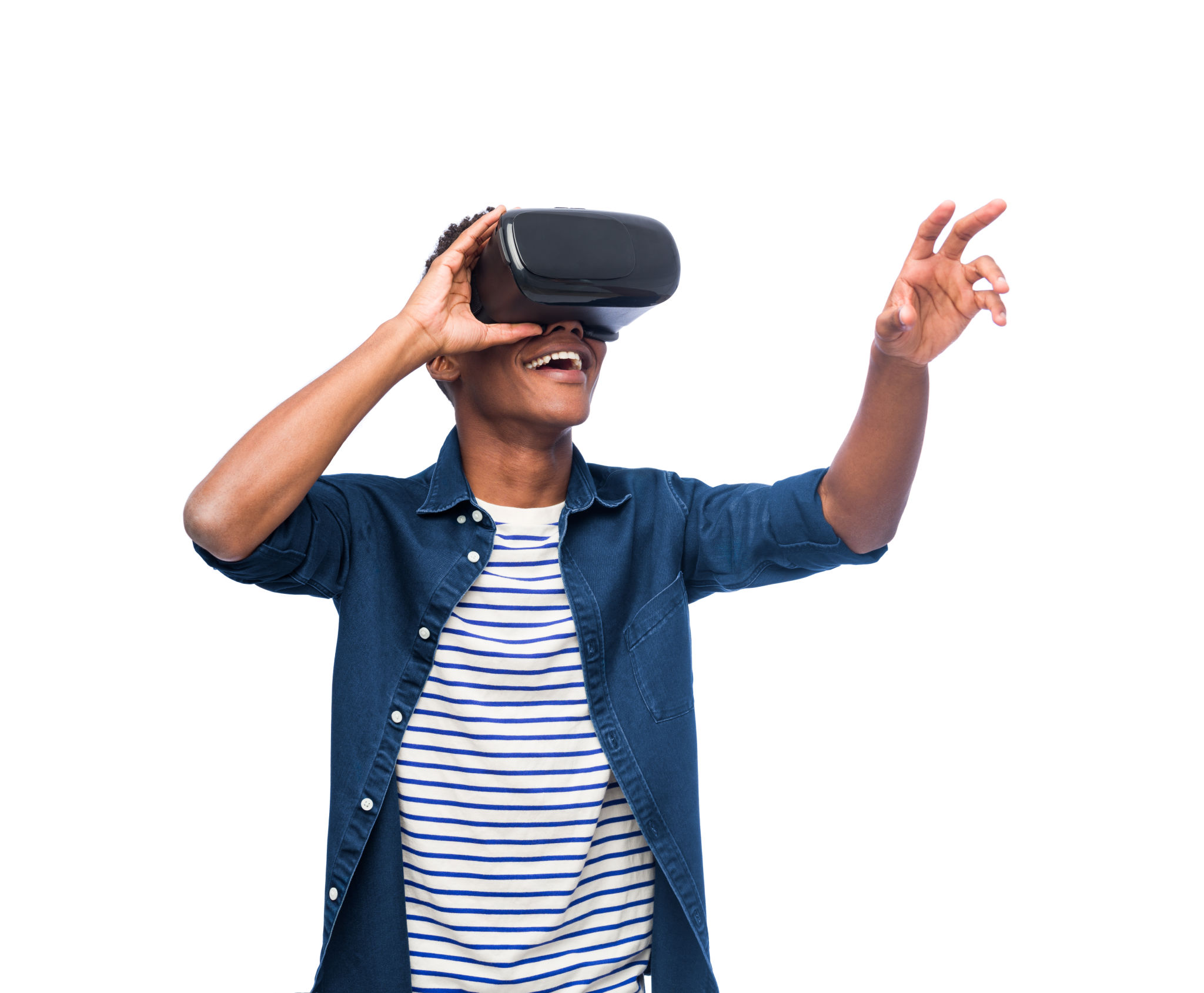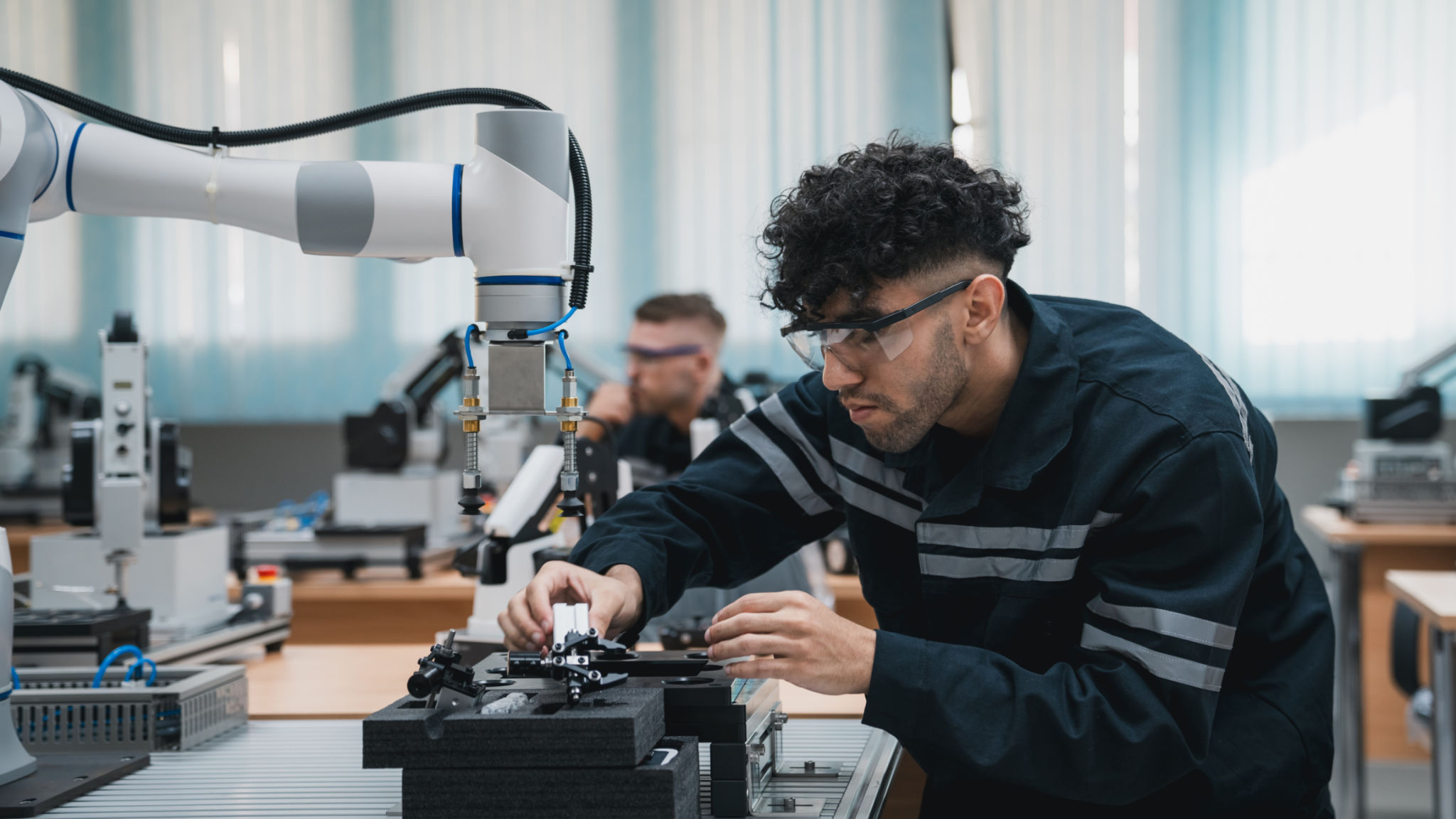Revolutionizing Education: How AR and VR Are Transforming Learning Environments
The Dawn of a New Learning Era
In recent years, the fields of Augmented Reality (AR) and Virtual Reality (VR) have made significant strides, particularly in education. By integrating these cutting-edge technologies into learning environments, educators are not only enhancing traditional teaching methods but also creating immersive experiences that can profoundly impact students' understanding and engagement. This transformation is paving the way for a revolutionary new era in education.

AR and VR: Breaking Down Barriers
The incorporation of AR and VR in classrooms is breaking down barriers that have traditionally limited educational opportunities. With AR, students can interact with digital information superimposed on the real world, providing them with immediate context and a deeper understanding of complex subjects. Meanwhile, VR offers fully immersive experiences, allowing students to explore environments and scenarios that would be otherwise inaccessible.
For instance, history lessons can be transformed through VR by taking students on virtual tours of ancient civilizations. This not only makes learning more engaging but also helps students retain information more effectively by connecting emotionally with the material.
Enhancing STEM Education
STEM education is one area where AR and VR are making particularly significant impacts. By bringing abstract concepts to life, these technologies enable students to visualize scientific phenomena and mathematical concepts in ways that were previously impossible. Through interactive simulations, learners can experiment with variables and witness real-time outcomes, fostering a hands-on approach to science and math education.

Moreover, AR and VR tools can bridge the gap between theory and practice, providing students with realistic laboratory experiences without the associated risks or costs.
Increasing Accessibility and Inclusivity
One of the remarkable benefits of AR and VR is their potential to increase accessibility and inclusivity in education. These technologies can cater to diverse learning needs and styles, offering personalized learning experiences that accommodate students with different abilities. For example, visual learners can benefit from vivid 3D models, while auditory learners might engage more with immersive soundscapes.
Furthermore, AR and VR can provide equal opportunities for all students, regardless of their geographical location or socio-economic status, by granting access to high-quality educational content and experiences.

Challenges and Considerations
Despite the numerous benefits, integrating AR and VR into education comes with its own set of challenges. Schools must consider the costs associated with acquiring and maintaining these technologies, as well as ensuring that educators receive adequate training to implement them effectively in their teaching practices. Additionally, there are concerns about screen time and ensuring that the use of AR and VR complements rather than replaces essential interpersonal interactions.
Nevertheless, with careful planning and thoughtful implementation, these obstacles can be overcome, paving the way for a future where AR and VR are integral components of the educational landscape.
The Future of Learning
As AR and VR technologies continue to evolve, their potential impact on education is boundless. The immersive experiences they offer are not just about enhancing learning; they are about transforming it. By fostering curiosity, creativity, and critical thinking, these technologies are preparing students for a future where adaptability and innovation are key.

In conclusion, AR and VR are not just tools for education; they are catalysts for change. As educators continue to embrace these technologies, they will undoubtedly unlock new possibilities for learning, setting the stage for an educational revolution that promises to benefit generations to come.
